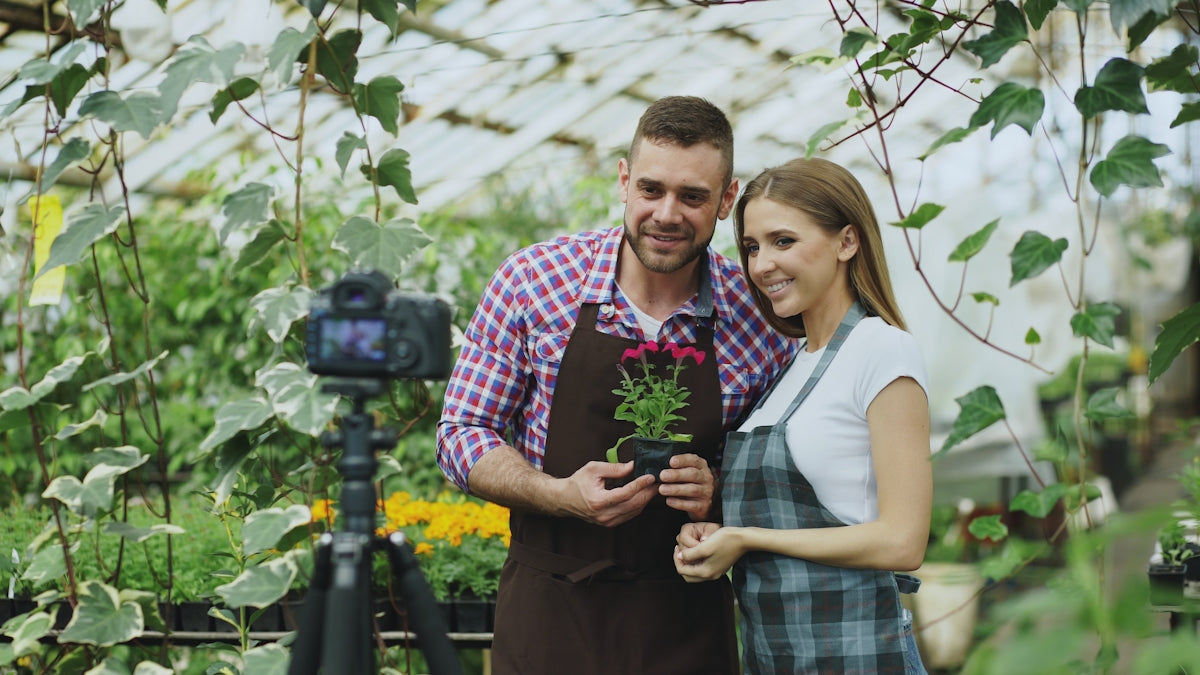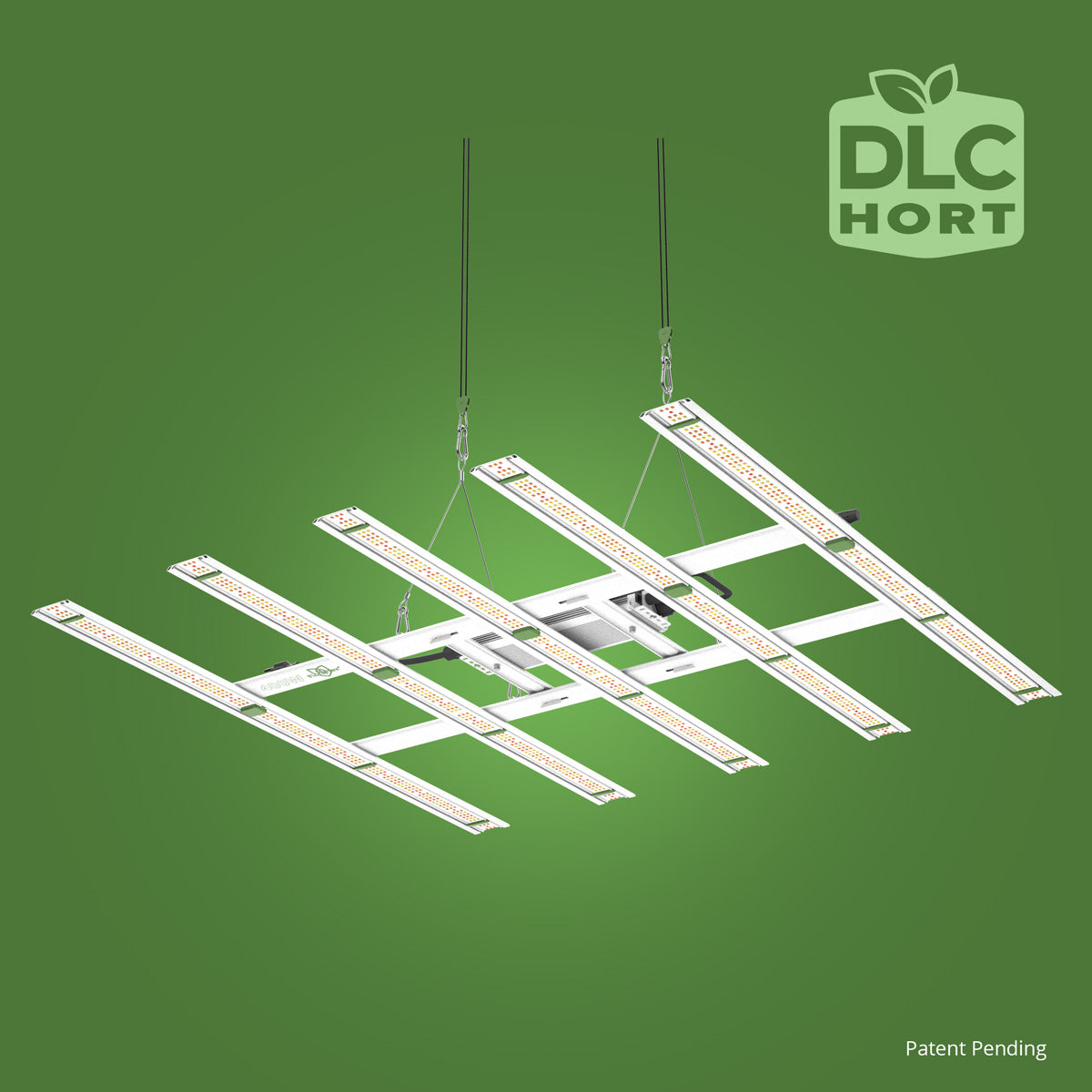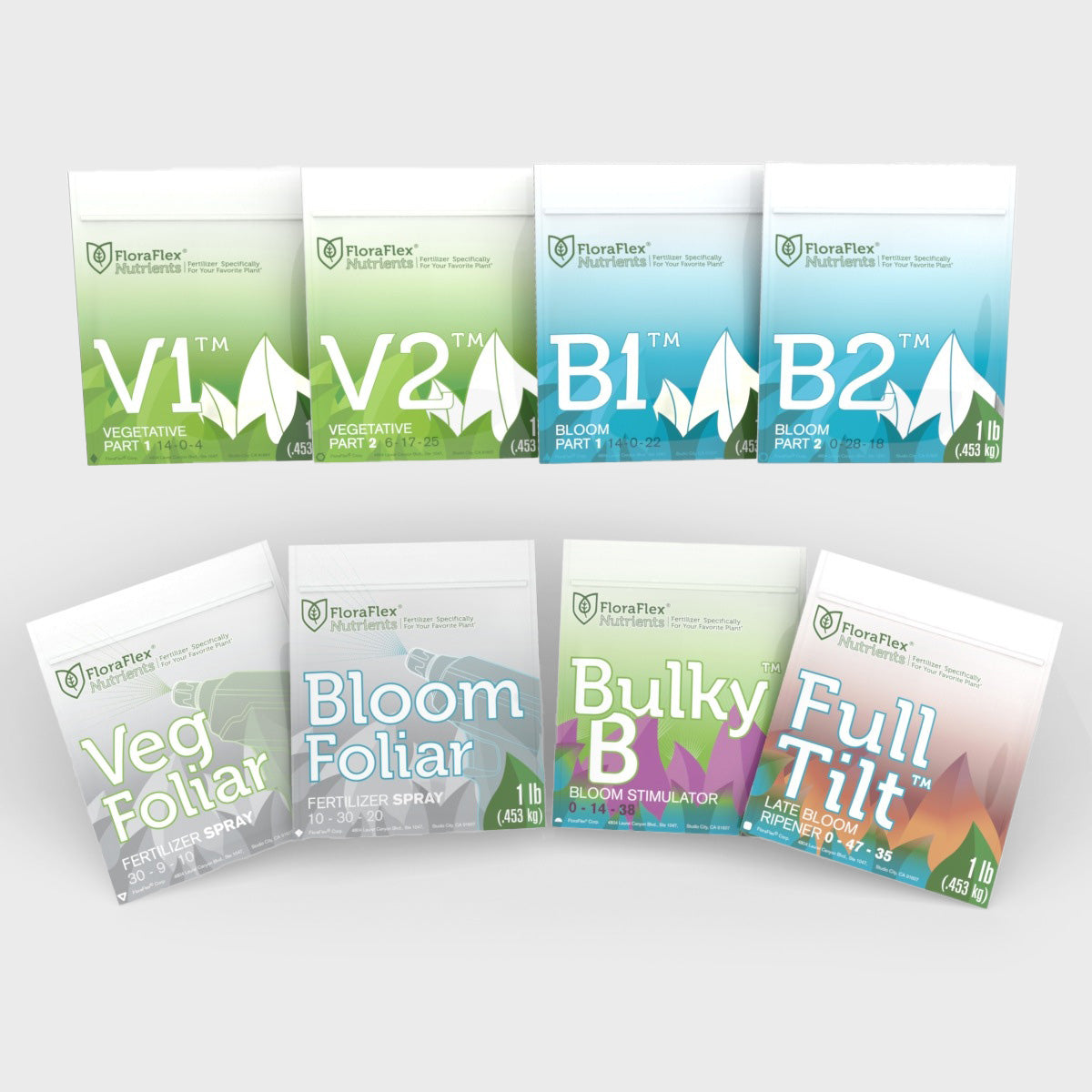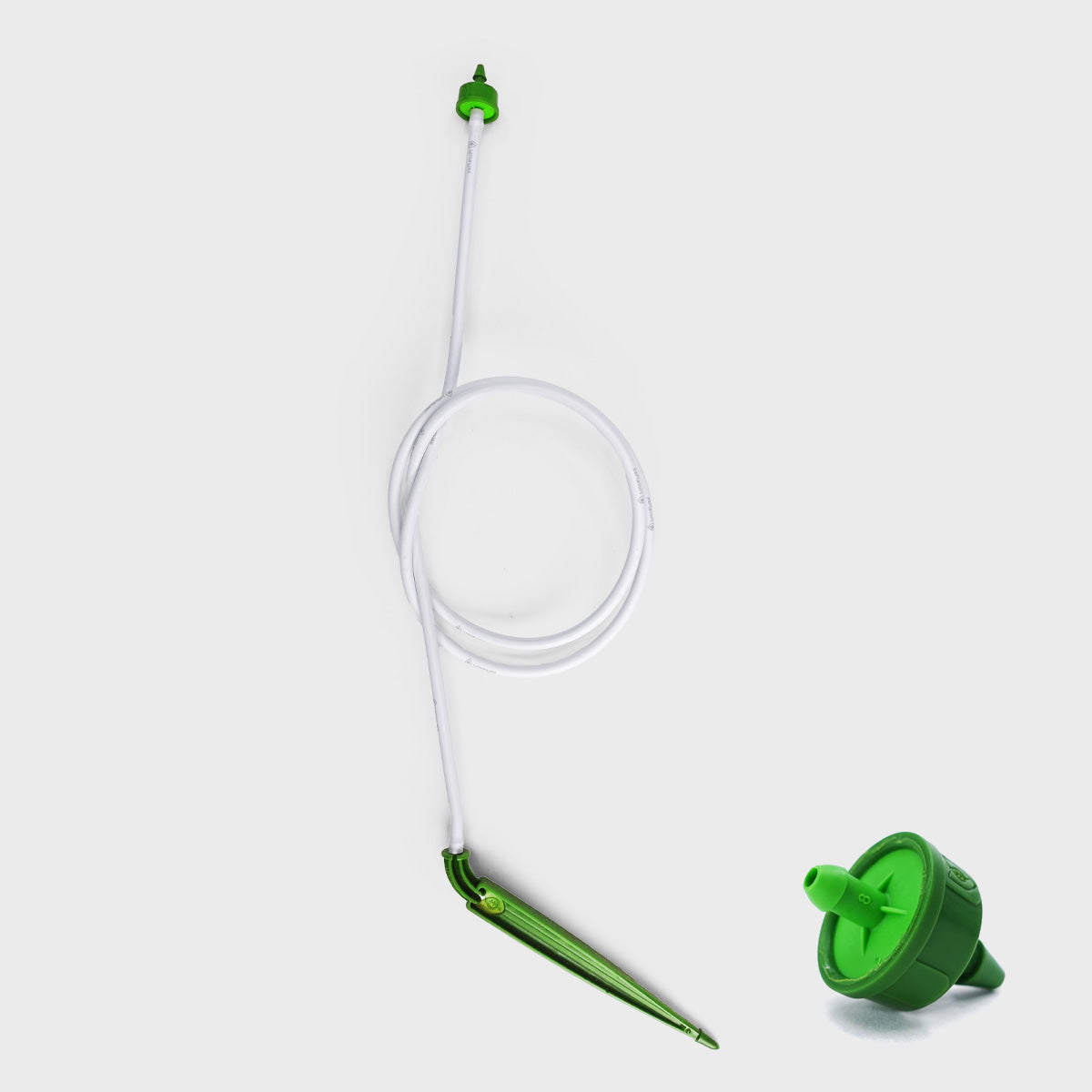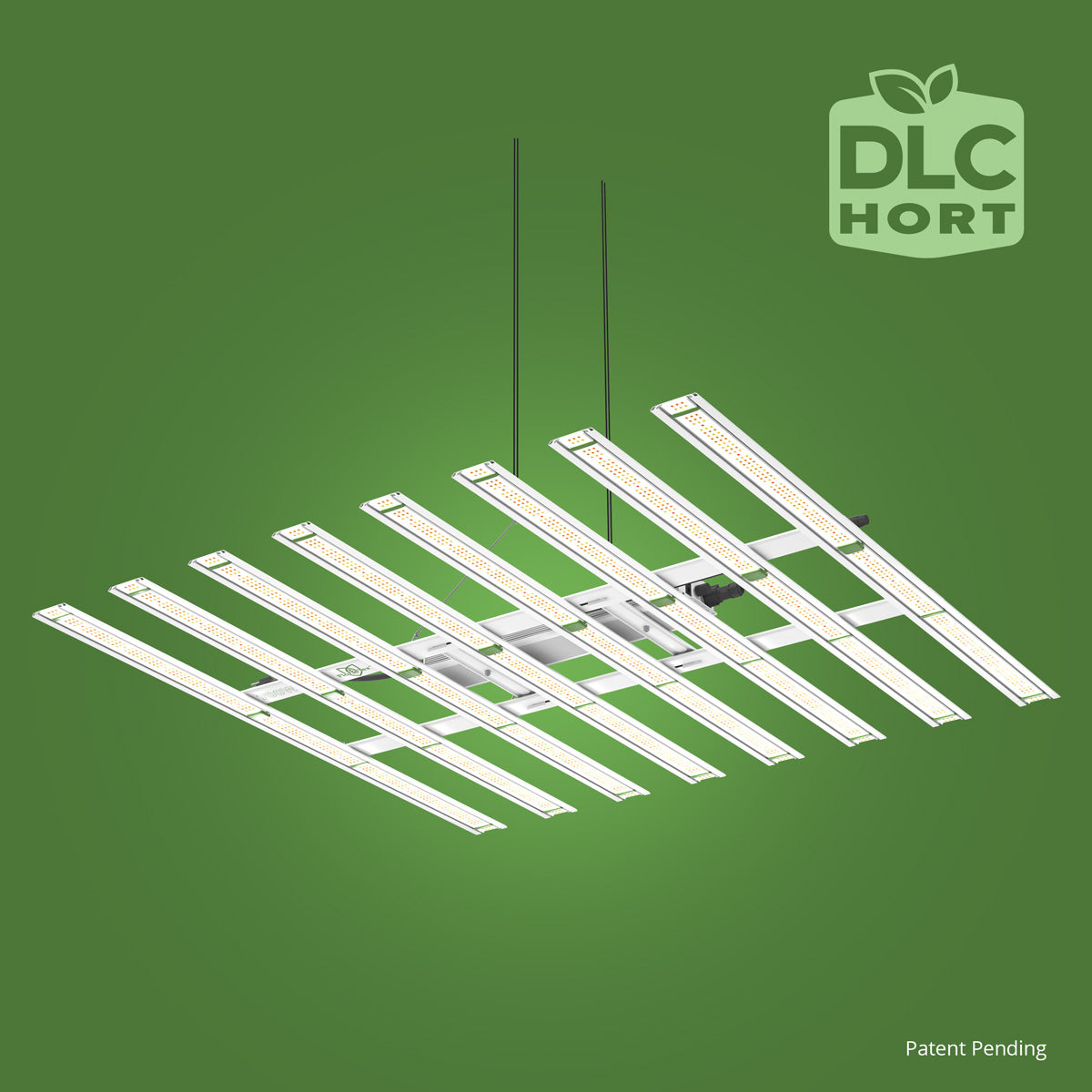Gardening is not just about planting seeds and watching them grow. It's an art and a science that involves creating a thriving ecosystem where plants support each other's growth. One of the most effective ways to enrich this environment is by exploring companion planting. This age-old practice involves pairing plants that complement each other—enhancing growth, deterring pests, and improving plant health. In this blog post, we'll delve into the wonderful world of companion planting and how you can effectively cultivate these friendships in your garden.
Understanding Companion Planting
Companion planting is the strategic placement of different plants together based on their natural relationships. Some plants can provide nutrients to others, repel harmful insects, or offer physical protection from weather conditions. For instance, many gardeners pair tomatoes with basil—a combination known not only for its culinary benefits but also for basil’s ability to repel insects that love to munch on tomato plants.
Benefits of Companion Planting
- Improved Nutrient Utilization: Some plants, such as beans and peas, fix nitrogen in the soil, enriching it for neighboring plants high in nitrogen needs.
- Pest Management: Certain plants naturally repel pests. Marigolds, for example, are famous for deterring nematodes and other garden pests when planted around vegetables.
- Enhanced Growth: By planting companion plants together, you can increase the yields of certain crops. The mutual benefits generally result in healthier, more productive plants.
- Biodiversity: Companion planting supports a diverse microbiome in your garden, promoting better resistance to pests and diseases.
Practical Tips for Companion Planting
Plan Your Layout
Before planting, research which plants work well together. Classic companions include:
- Carrots and Onions: Onions repel carrot flies, while carrots help aerate the soil for onions.
- Corn, Beans, and Squash (The Three Sisters): Together, they provide structural support, enhance nutrient uptake, and conserve soil moisture.
Optimize Watering
A well-irrigated garden is essential for successful companion planting. Consider using a 1.5L Pump Sprayer to ensure that your plants are adequately watered. This tool is ideal for precise watering, particularly in areas where different plants have varied watering needs.
Observing and Adjusting
Gardens are dynamic. As your plants grow, observe their progress and adjust your strategies as necessary. Part of companion planting’s beauty is its flexibility—it can be tailored to suit the unique needs of your growing space.
Explore More with FloraFlex
At FloraFlex, we believe that harnessing the power of nature leads to a healthier, more productive garden. By employing techniques like companion planting, you can cultivate an environment where your plants thrive in the company of others. For more ideas and effective gardening tools and supplies, explore our website and discover how you can transform your garden into an ecological haven.
Companion planting is a simple yet profoundly effective way to boost the health and productivity of your garden. By observing nature's interactions and fostering plant friendships, you can enjoy a thriving, vibrant garden that not only looks beautiful but truly functions as a harmonious ecosystem.

